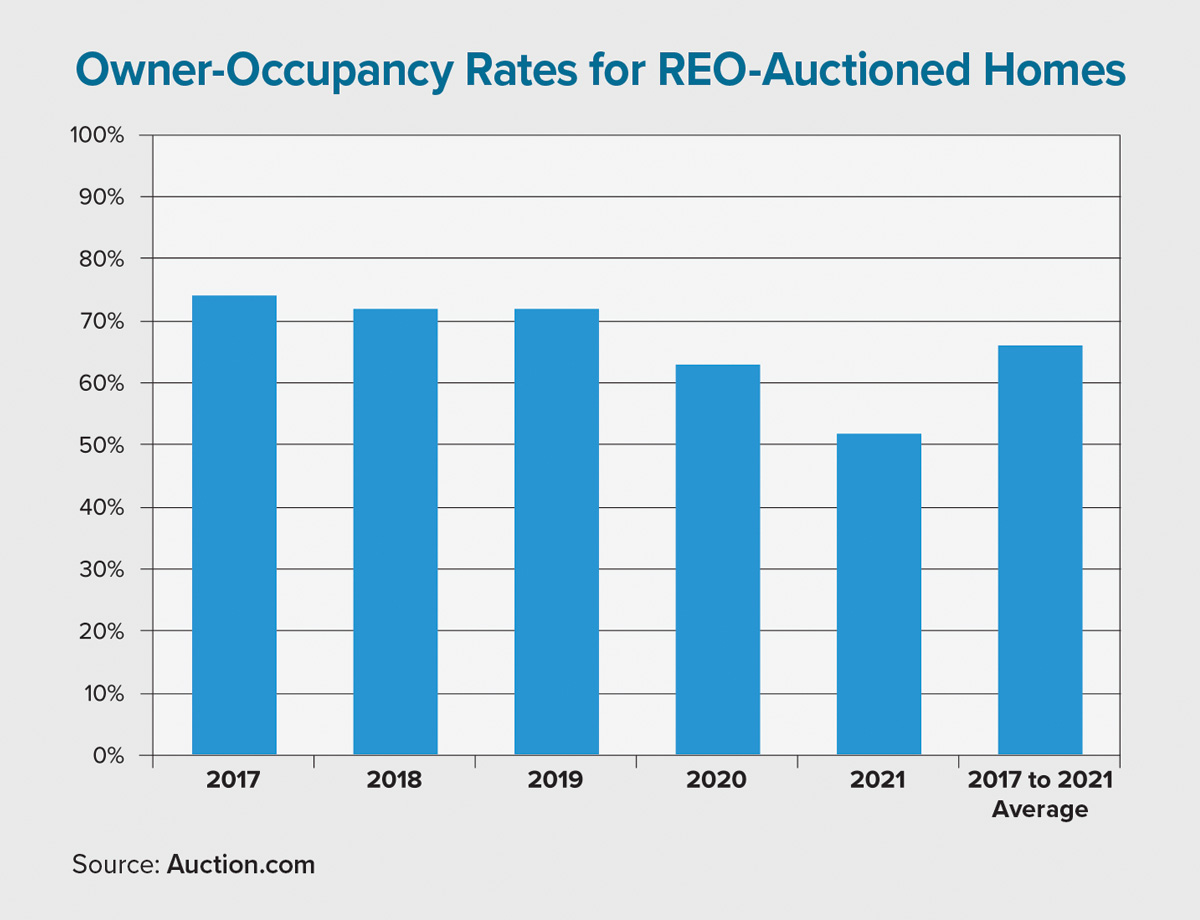As more U.S. properties gradually reach the foreclosure stage in 2022, technology-enabled transparency will ensure that the bulk of these distressed assets are sold to community developers and investors. This in turn will allow for responsible rehabilitation of these homes so that they can be converted into quality, affordably priced properties — primarily for owner-occupants.

Author
-

Daren Blomquist is vice president of market economics at Auction.com. In this role, Blomquist analyzes and forecasts complex macroeconomic and microeconomic data trends to provide value to both buyers and sellers using the platform. Blomquist has been cited by thousands of media outlets nationwide, including major news networks, The Wall Street Journal, The New York Times and USA Today. Prior to Auction.com, Blomquist worked at Attom Data Solutions.
View all posts






